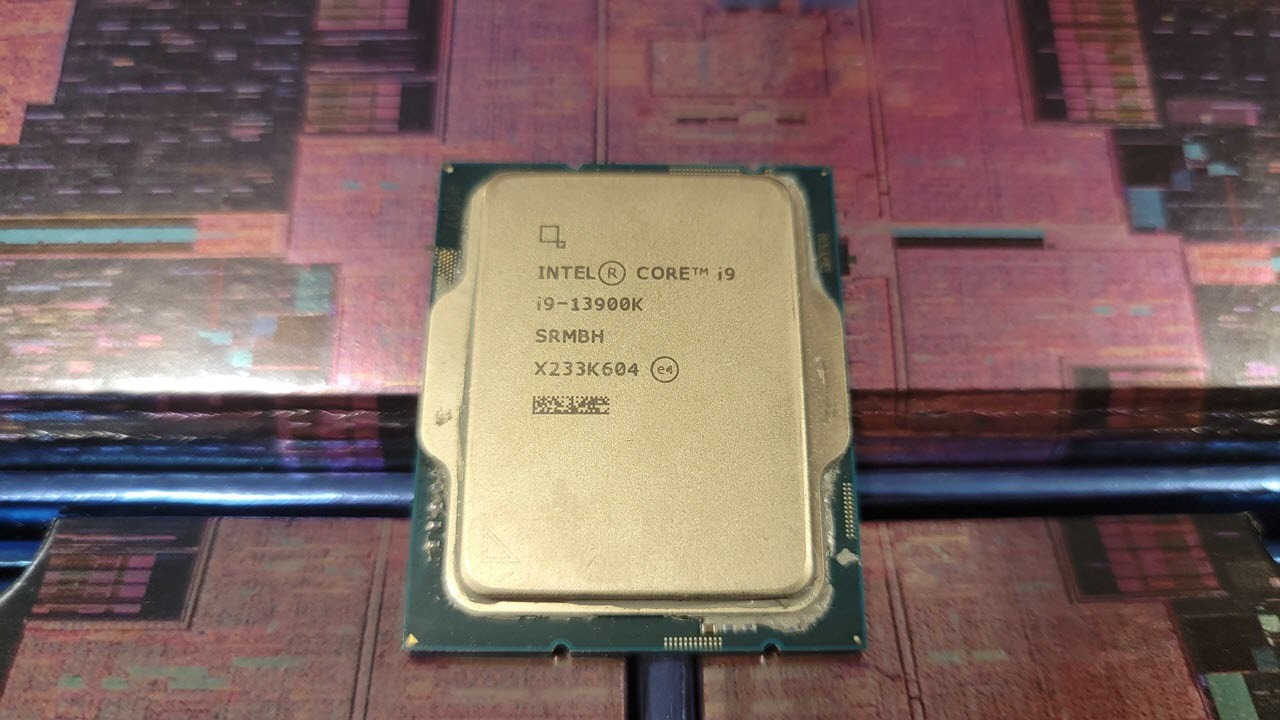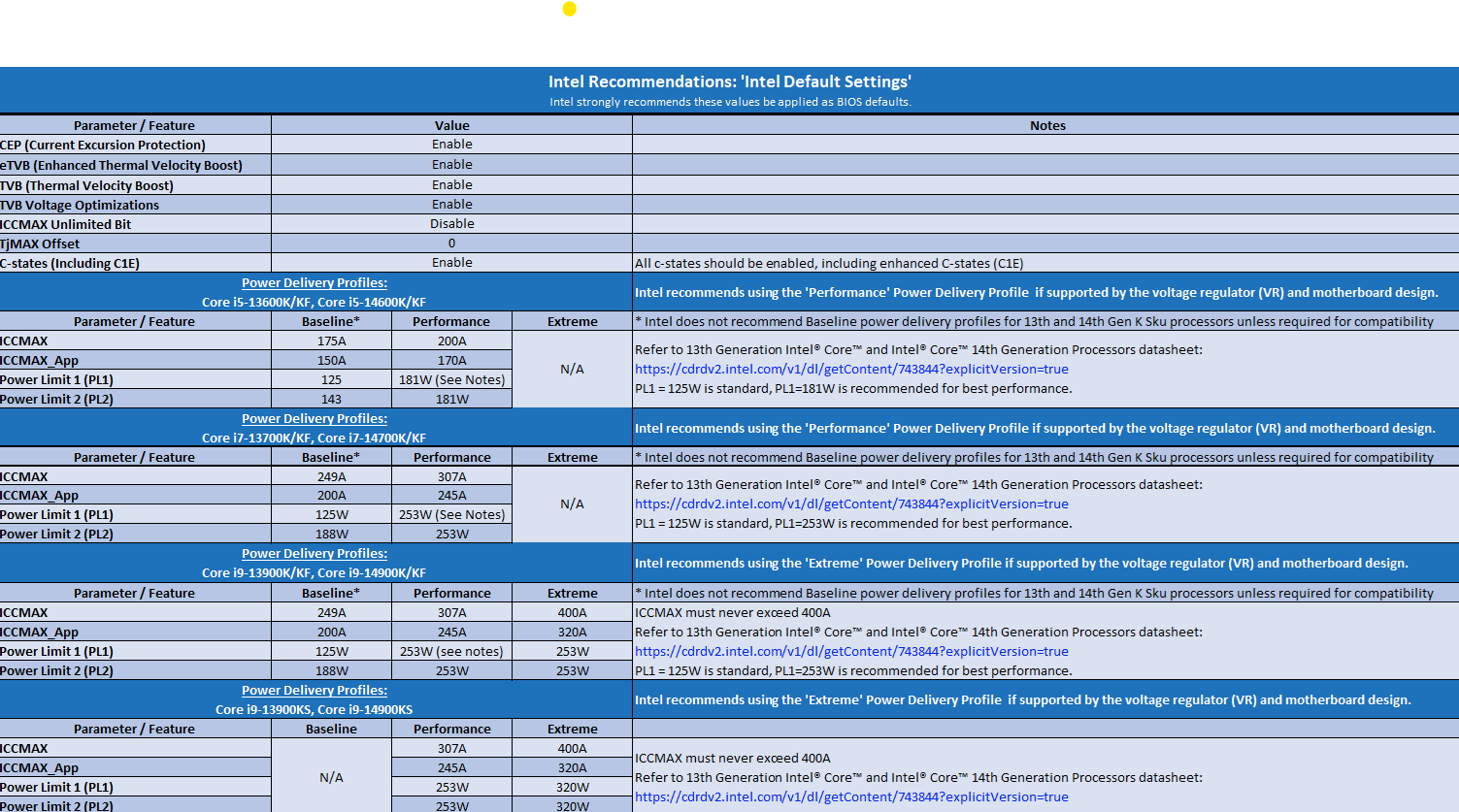
Intel says it hasn’t developed a reliable tool yet to detect if a Raptor Lake or Raptor Lake Refresh processor has been affected by the instability issue that can permanently damage a chip. Nevertheless, the company told Tom’s Hardware that it “continues to investigate the possibility of a detection tool” and “will issue an update if one becomes available.” The company also clarified its stance on power limits with the new microcode that can mitigate the crashing errors with chips that haven't experienced instability yet.
Several 13th- and 14th-gen Intel Core chips have had instability issues that led to system crashes, but it took a few months for the company to find the root cause. The company finally released its findings in late September, plus a microcode update that is thought to fully address the issue once and for all—at least for processors that a degradation of the clock tree circuit hasn't yet impacted.
Unfortunately, any damage done to your processor cannot be reversed by the microcode update. So, even if you install it as soon as it comes out for your motherboard, you might still experience some instability. Thankfully, Intel released an extra two-year warranty on top of the existing three years for all affected processors from the Intel Core i5, i7, and i9 families, giving them five years of coverage. So, even if you have a problem a couple of years from now, you could still RMA the affected chip and get a new one without the issue (or maybe even a free upgrade).
However, it’s still inconvenient to find out that your Intel Core processor is dead or dying as it’s happening. After all, getting a replacement chip via the RMA process could take a few days, so you’ll be without your computer within that time unless you have a backup device. That’s why a tool that would detect if your CPU has suffered degradation and is about to fail would be nice.
Aside from the microcode code updates, the chipmaking giant has advised everyone to stick to the Intel Default Settings as part of the mitigation against the Vmin shift causing the instability issues. However, there are a few caveats. “The microcode update 0x12B (which includes previous microcode updates 0x125 and 0x129), in addition to Intel Default settings, is the full mitigation for the Intel 13th and 14th Generation Desktop Processor Vmin Shift Instability issue,” Intel said.
However, Intel says that even though using Intel’s default power profile is still recommended even after applying patches, users are free to increase the PL1 and PL2 power limits beyond the 'recommended values' and still remain in warranty (you can raise them to 4096W). However, users should still follow the safety settings, such as the IccMax and other settings listed at the top of this table, to remain within warranty (table also here).

As such, Intel says that its warranty will still cover processors that use higher power delivery profiles that remain within the IccMax threshold of the particular processor. So, users can still adjust the PL1/PL2 settings of their Intel Core CPUs without losing warranty coverage. However, the company also says, “Users who desire to overclock or utilize higher power delivery settings than recommended can still do so at their own risk as overclocking may void warranty or affect system health.”







